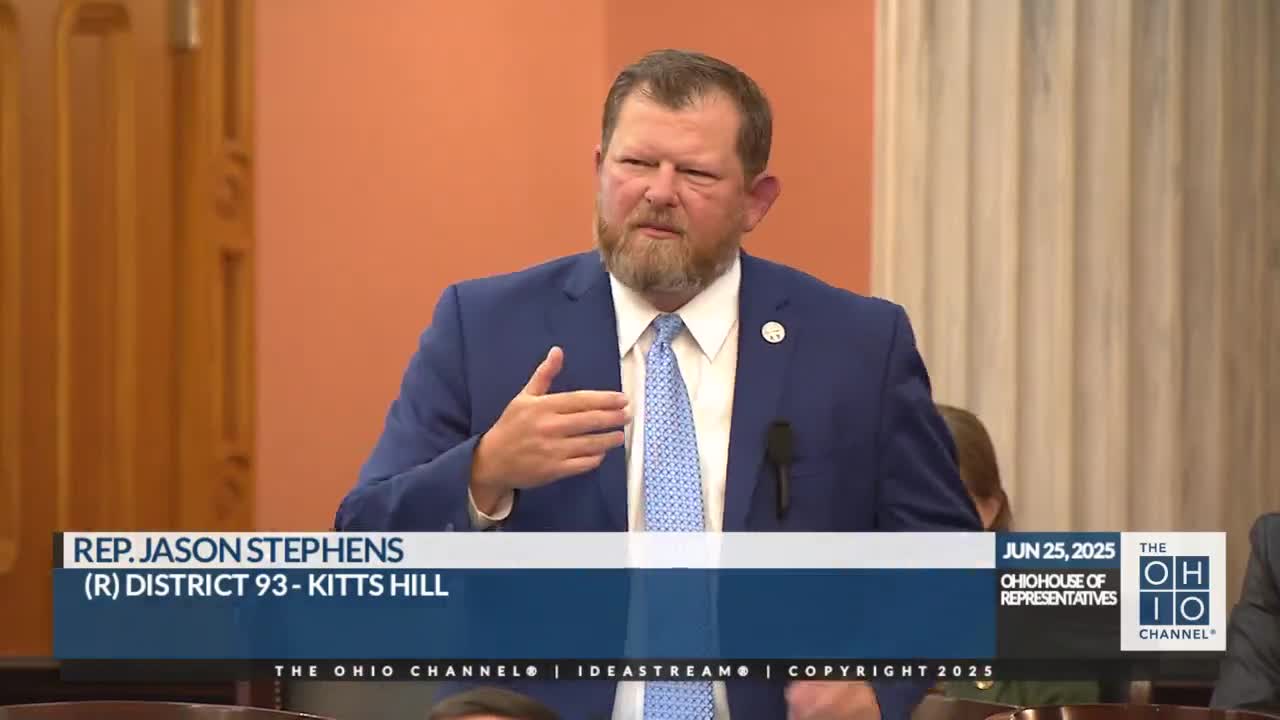
This article was created by AI using a video recording of the meeting. It summarizes the key points discussed, but for full details and context, please refer to the video of the full meeting. Link to Full Meeting
One key speaker emphasized the importance of sound fiscal policy, arguing that it is crucial for effectively funding the various initiatives discussed. He reflected on a historical decision made in 1983 to raise income taxes to prevent property tax increases, a move that has since resulted in a significant financial burden on the state budget. This decision, he noted, has led to a billion-dollar subsidy for local property taxes, complicating the state's financial landscape.
The discussion highlighted the complexity of Ohio's tax system, with over 4,400 separate taxing districts, each with its own rates and levies. The speaker pointed out that property taxes remain a local issue, with funds never leaving county borders, which fosters a unique relationship between local officials and their communities. He noted that despite the high rate of passage for local levies—around 80%—there is a growing concern about fairness in how income taxes are used to subsidize these local decisions.
As the conversation shifted, another representative introduced House Bill 96, which aims to explore innovative treatments for addiction recovery, particularly focusing on Ibogaine. This bipartisan initiative seeks to establish a study on the drug's potential to address opioid use disorder and PTSD, especially among veterans. The representative highlighted the promising early research indicating high success rates, suggesting that this could lead to significant savings for taxpayers by reducing the need for ongoing treatments.
However, not all lawmakers were in agreement. Some expressed concerns about the proposed flat tax phase-in, which they argued would disproportionately benefit higher earners while leaving many Ohioans without relief. They also raised alarms about cuts to library funding, questioning the wisdom of altering a successful funding formula that has supported libraries for decades.
The meeting underscored the ongoing struggle between local and state funding responsibilities, with representatives calling for a more equitable approach to property tax relief. As discussions concluded, the sentiment was clear: the path forward requires careful consideration of how fiscal policies impact all Ohioans, ensuring that the needs of local communities are met without compromising essential services. The legislature's decisions in the coming months will be pivotal in shaping the state's financial future and the well-being of its residents.
Converted from Video meeting on June 28, 2025
Link to Full Meeting
Comments
View full meeting
This article is based on a recent meeting—watch the full video and explore the complete transcript for deeper insights into the discussion.
View full meeting